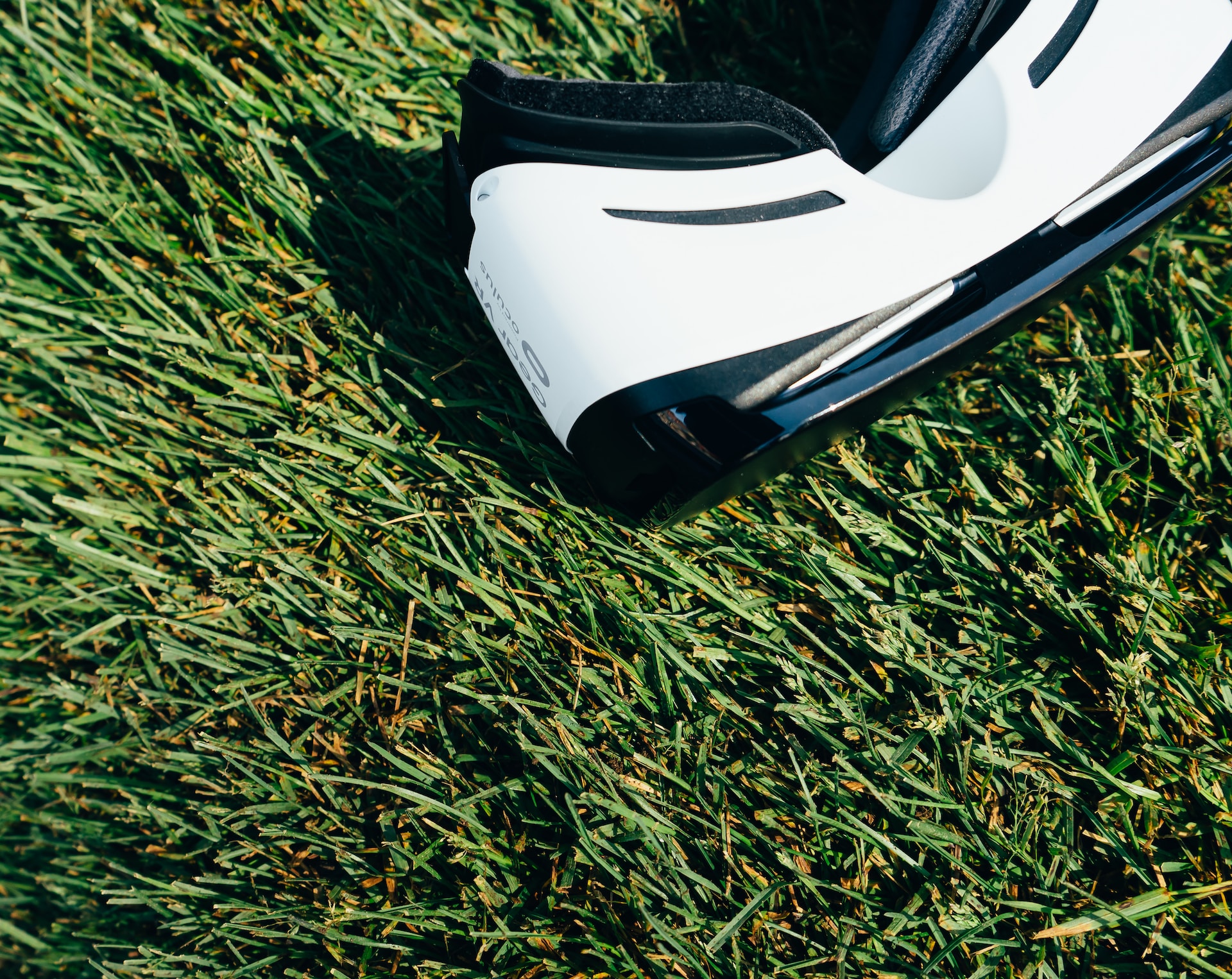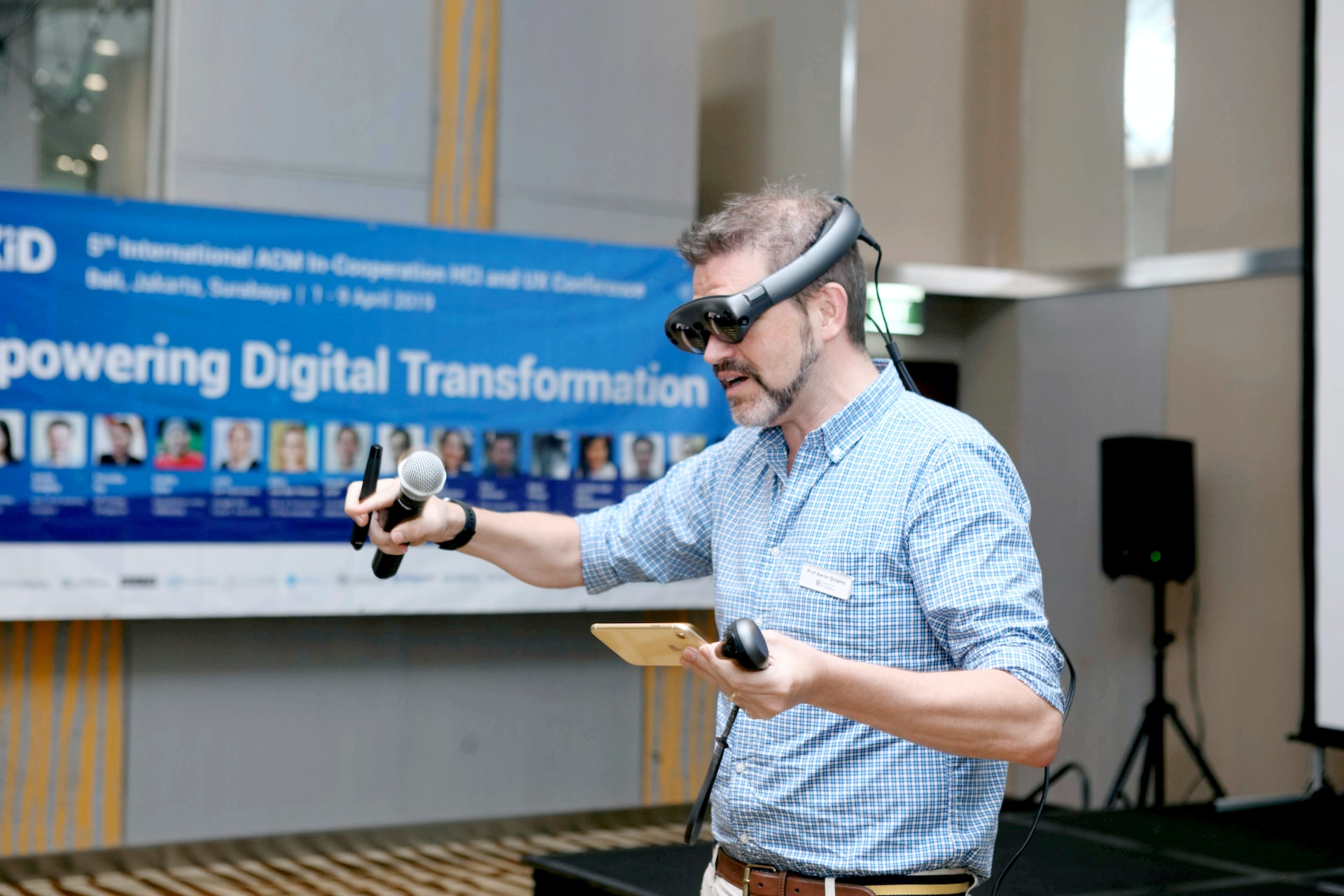AR continues to penetrate industries in 2021 following the Covid-19 pandemic. And chances are, you’re here probably because you are interested in taking your business to the next level by offering Augmented Reality experiences to your customers.
If so, then you must imperatively get familiar with the concept of “AR -ready 3D models”. And since all content consumption now fits in the heart of our hands, finding 3D models that perform well on mobile devices is crucial to create professional quality AR content.
BUT WHY EXACTLY ARE 3D MODELS IMPORTANT?
To put it simply: it will speed up the whole process. Having an AR-ready model means that it was built and optimized for use with AR technology. In a supported format, the 3D model will be efficiently rendered on any AR app.
3D models are supposed to be digital twins of a real object to show clients an almost perfect interactive visual representation of a product they consider purchasing. It helps closing the imagination gap. With the help of an accurate 3D model, customers can visualize all the details and functionalities of a product right from home, and with AR it will be easy to see how it would look in their space since it provides a more intuitive sense of sizing.
The technology is proven to boost customers’ trust and satisfaction while increasing sales and reducing product return.
HOW DO WE COME UP WITH MODELS?
Depending on the desired outcome and the tools available, there are several methods that 3D artists use to create models. Let’s have a quick look at some of them:
- Modelling from scratch: It is what is says it is – building the model from nothing based on images or videos. It is quite a tedious process, but it allows the 3D designer to have total control over the whole creation.
- Modifying existing models: There is a vast source of 3D models available on the internet that can be used as templates. It is a great method to save time and money, but you might not end up with a perfect copy of your product.
- Laser 3D scanning: Here, the shape of the object is captured using laser light to get a digital representation of the real object. These 3D scanners are able to measure really fine details and capture free-form shapes to generate highly accurate point clouds. Accurate and time saving this solution remains expensive and complicated to automate.
- Photogrammetry: This method uses images to obtain measurements such as height, width, depths, angles, etc. It takes some time to find the right configuration, but once found it ensures an accurate replica of the object, a nearly automated process and costs less.
A few software loved by designers are Blender, which is free yet comprehensive, Autodesk Maya or “Maya” for short, and 3ds Max. To make your models appear even more realistic, do not forget to add texture with the help of Substance Painter or 3D Coat for example. Regarding format and file size limitations, typically FBX and OBJ formats are very common formats, while a good rule of thumb for the size is less than 5-7MB given that your AR app must run smoothly so that the 3D model can behave as realistically as possible.
Although preparing a 3D model for AR seems difficult, it is actually not out of range, you just need to make up your mind concerning your expectations in terms of Accuracy, Cost and Time. Once ready, you will be able to integrate your models onto the platform of your choice to elevate your business. It is nowadays one of the best ways to keep your clients intrigued, loyal and to win quotes.
Have you ever tried selling a product while showcasing it thanks to AR? Get in touch with us and learn more about this possibility.




